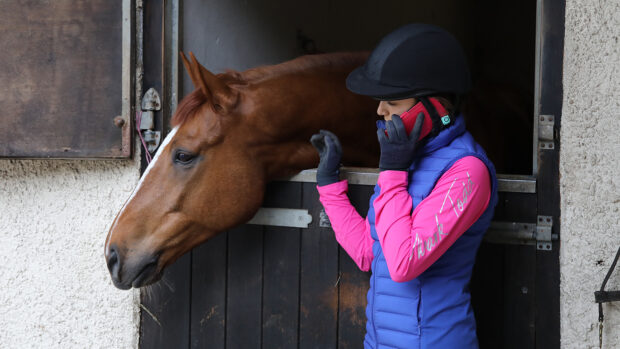Many equine insurance policies will cap cover on what you can spend on specific diagnostic treatments, so always check your small print before committing to a procedure, even if it has been recommended by a vet.
“Most insurers require you to advise them of specialist procedures, other than emergency referrals, prior to them taking place,” explains Jeremy Lawton of Shearwater Insurance. “This allows the insurers to consult with their veterinary advisors and ensure they are in agreement with the attending vet regarding the best course of treatment.”
Some insurers impose limits on expensive diagnostic costs, such as Magnetic Resonance Imaging (MRI). Vet Tim Mair, of Bell Equine Veterinary Clinic, understands the reasoning behind insurers’ reluctance to pay for such investigations in certain situations, but says the procedure has revolutionised the diagnosis of many equine diseases of the lower limb.
“MRI is an expensive procedure, but in many foot lameness cases, the information obtained from MRI is in a different league to that obtained using more traditional imaging techniques – including radiography, ultrasound and nuclear scintigraphy,” he explains.
“MRI could be considered an unnecessary luxury if used inappropriately, but when used properly, it can be an essential part of diagnostic work-up. Early referral for MRI could actually be a cost-effective option.”
Alternative therapies
Standard veterinary fee equine insurance cover usually includes complementary and alternative medicine (CAM).
“Some policies exclude CAM, while others allow them with prior referral from a vet,” says Jeremy Lawton. “CAM may have a separate upper limit to that of the veterinary fee cover.”
Check your veterinary fee policy – some insurers list procedures such as veterinary homeopathy as being complementary, even though they are carried out by a vet. However, in other policies, procedures carried out by a qualified person other than a vet – such as a physiotherapy – are also listed as complementary even though they are often regarded as more mainstream.
Looking for horse insurance? Try Horse & Hound’s insurance comparison service at horseandhound.co.uk/insurance
This article formed part of an insurance special in Horse & Hound (24 July 2008)



